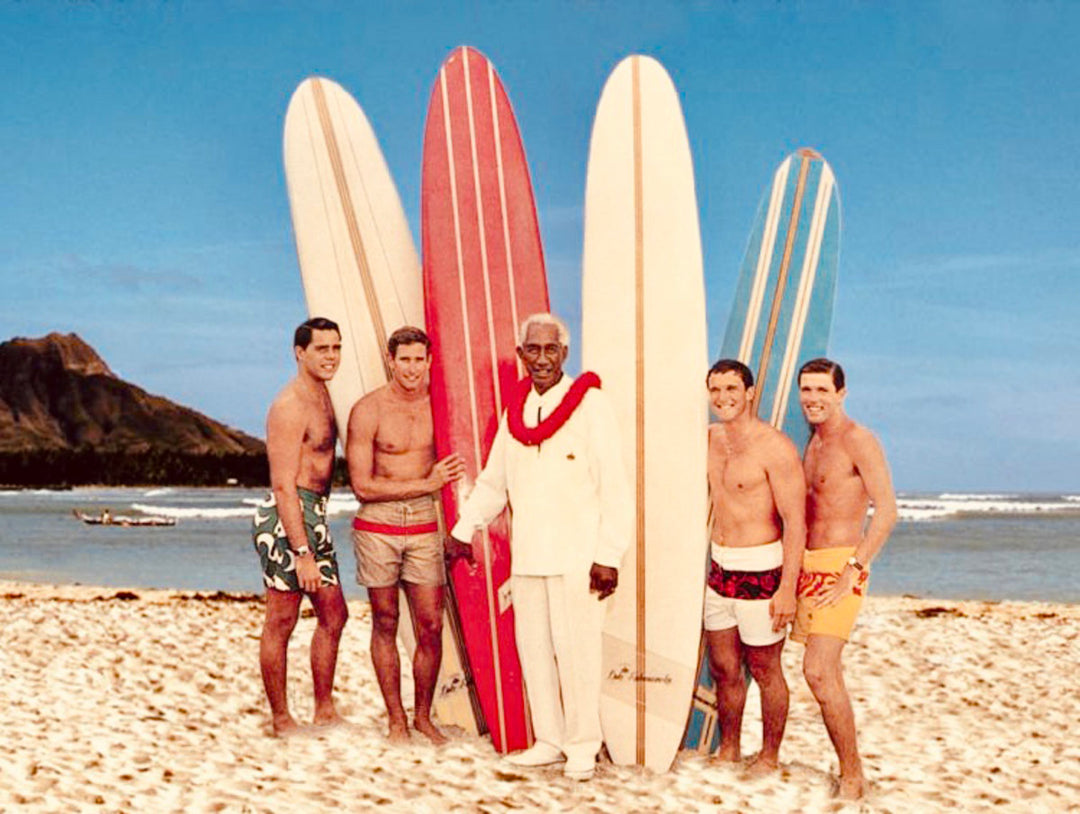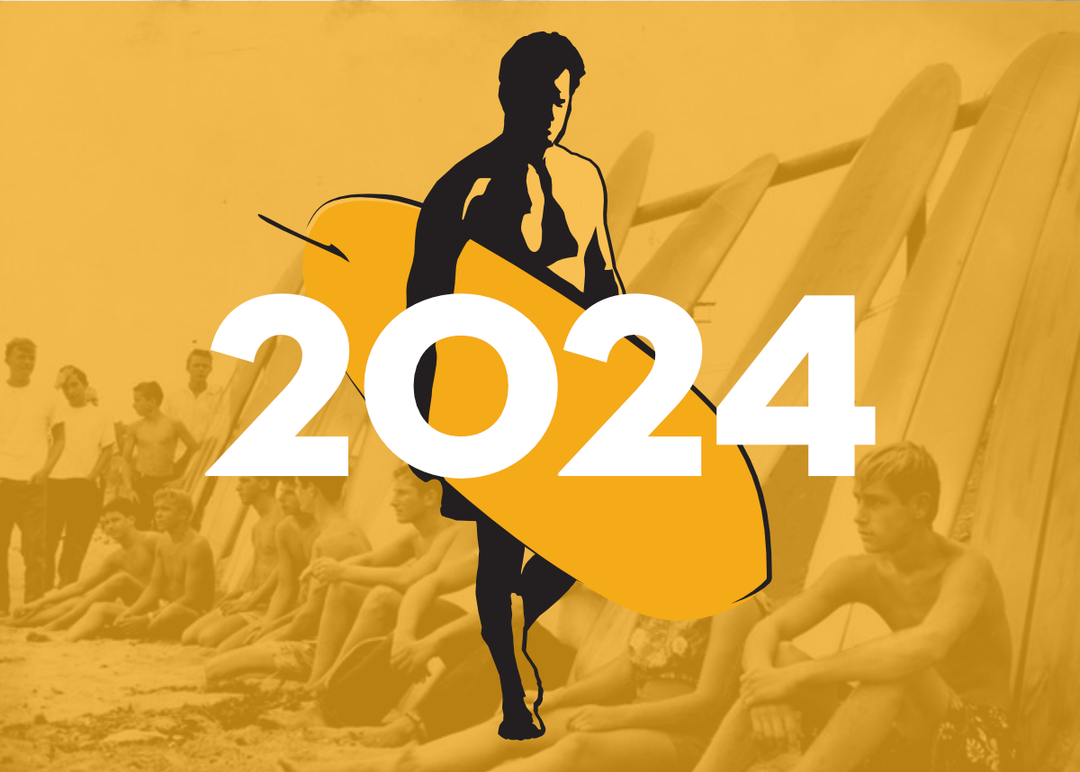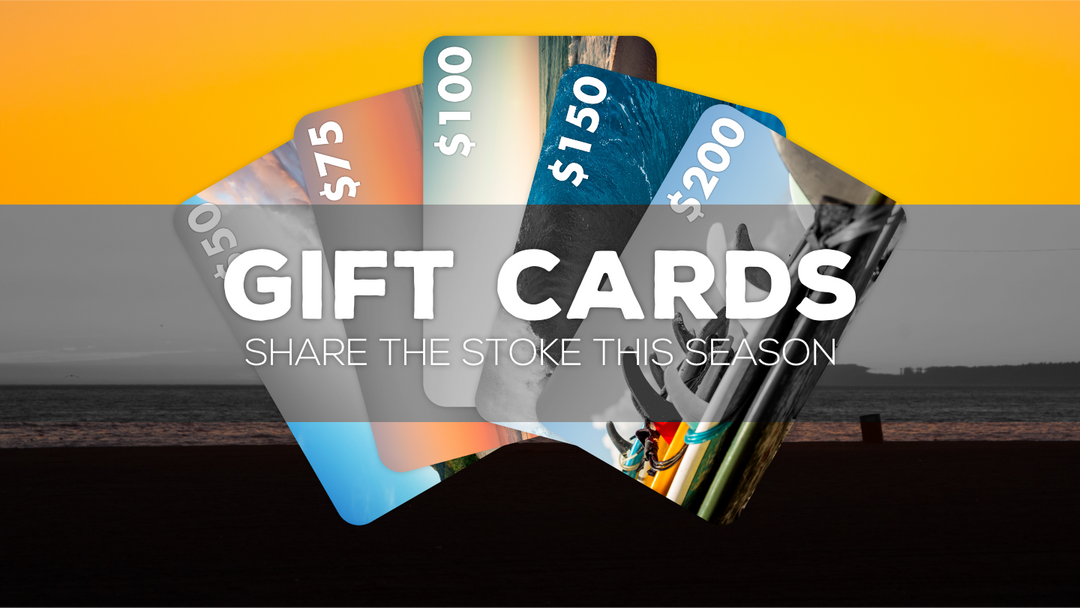CUNNINGHAM SURFBOARDS - A SURFING PIONEER'S STORY
The Central California coastal town of Santa Maria has always been known for cattle ranching, farming, and barbeque tri-tip. In the 1960s, it was typical small town where teenagers danced to rock ‘n roll music and cruised Broadway on Friday and Saturday nights. But the sleepy community was transformed by the influx of aerospace engineers and their families who came to work at Vandenberg Air Force Base at the dawn of the Space Age. Kids from beach towns around Southern California brought the surfing craze to the Central Coast. The surf lifestyle, popularized by The Beach Boys, Jan & Dean and Dick Dale took Santa Maria by storm.

Surfboards were in demand, but if you wanted a custom board, you had to go to Santa Barbara or L.A. - until 1963, when an enterprising Righetti High School student named Steve Cunningham decided to make boards in his family’s garage. Cunningham, who came from Minnesota, started to surf at the age of 13.Unhappy with the commercial boards of the day, he started building his own surfboards by the age of 15. He began with “kit” boards before foam blanks became available. At first, he built boards for himself, but as the word got around, he started building and selling boards out of his garage shop. Cunningham Surfboards was born and was the only surf shop in Santa Maria at the time.
Cunningham sold a dozen or so boards before the business outgrew the garage, and in 1964 he moved his business into an abandoned elementary school on Santa Maria Airport property. With four rooms under one roof, the new shop allowed Cunningham Surfboards to grow. Using templates from commercial boards he modified to fit his shaping style, Steve began producing custom boards at his new shop. His unique and innovative boards were popular with local surfers from Santa Maria, Lompoc, Pismo Beach, and San Luis Obispo. A distinctive featured on some of his boards was a cut-out fin. Made of molded fiberglass, the entire center section of the fin was removed.It allowed the rider to make faster and more precise turns than solid fins. No other board maker offered this type of fin. The business prospered and a year later Brent Gray, also a Righetti High student, became Cunningham’s partner.

The partners divided up production between themselves; Cunningham did the shaping, Gray the glassing, and they shared the sanding and finishing steps. Often there would be ten boards in various stages of completion at the shop. After school and on weekends, it became a hangout for Righetti High surfers who were friends with Cunningham and Gray. During the busy summer season, some of the locals would help by sanding boards or repairing dings. Cunningham Surfboards thrived until 1966, when Steve graduated from high school and left Santa Maria to attend college.
The old school building that housed Cunningham Surfboards was demolished in January of 1966 to make way for Santa Maria airport improvements. Many of the local surfers still remember the epic New Year’s Eve Party held to commemorate the building’s demolition.
At the Beach House surf shop in Santa Barbara, a really nice collection of vintage surfboards hangs from the ceiling. If you look closely at the boards overhead, you can find a 1965 Cunningham surfboard, one of over a hundred produced by Steve at his Santa Maria shop. It’s a surviving piece of the Central Coast’s early surfing history and a tribute to Steve Cunningham, a surfing pioneer, who now lives and works in Hawaii.
in Santa Barbara, a really nice collection of vintage surfboards hangs from the ceiling. If you look closely at the boards overhead, you can find a 1965 Cunningham surfboard, one of over a hundred produced by Steve at his Santa Maria shop. It’s a surviving piece of the Central Coast’s early surfing history and a tribute to Steve Cunningham, a surfing pioneer, who now lives and works in Hawaii.
26 Jan 2018









